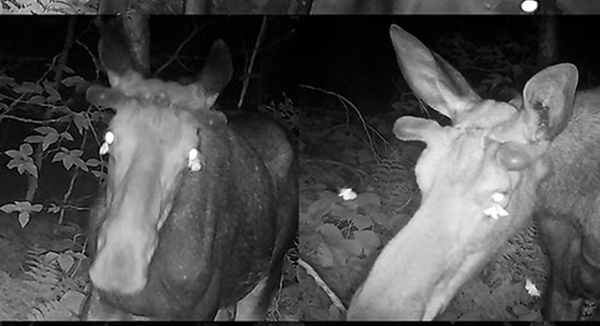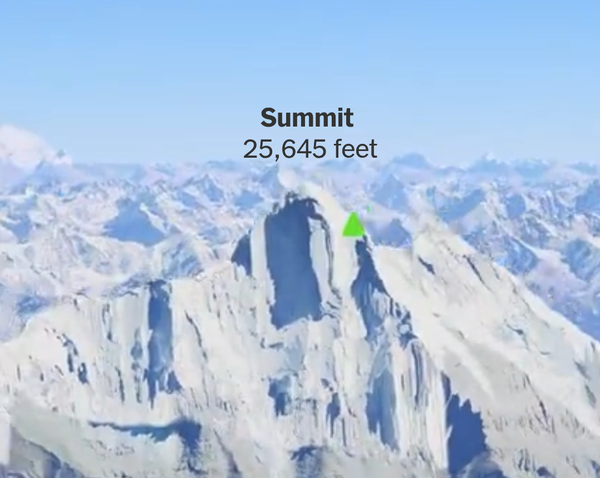UFO myths were compounded by Pentagon disinformation

From the WSJ: “A tiny Pentagon office had spent months investigating conspiracy theories about secret Washington UFO programs when it uncovered a shocking truth: At least one of those theories had been fueled by the Pentagon itself. The congressionally ordered probe took investigators back to the 1980s, when an Air Force colonel visited a bar near Area 51, a top-secret site in the Nevada desert. He gave the owner photos of what might be flying saucers. The photos went up on the walls, and into the local lore went the idea that the U.S. military was secretly testing recovered alien technology. But the colonel was on a mission—of disinformation. The photos were doctored, the now-retired officer confessed to the Pentagon investigators in 2023. The whole exercise was a ruse to protect what was really going on at Area 51: The Air Force was using the site to develop top-secret stealth fighters, viewed as a critical edge against the Soviet Union. Military leaders were worried that the programs might get exposed if locals somehow glimpsed a test flight of, say, the F-117 stealth fighter, an aircraft that truly did look out of this world. Better that they believe it came from Andromeda.”
There’s a Japanese art that is like bonsai but for rocks instead of trees

From Why Is This Interesting: “Suiseki, the Japanese art of collecting and displaying viewing stones, is centuries old, and originated in China. There, the art form is known as gongshi (“scholar’s stones”) and seeks to provide viewers with stones selected for their tasteful asymmetry, evocative textures, and even resonance when struck. In Suiseki, the stones are similarly chosen for their majesty and evocative qualities, representing landscapes and objects. Much like bonsai, the presentation of these viewing stones is part of their narrative allure. Known as daiza, their bases seek to present the stones in various ways: nestled in sand, perched in custom dishes, or placed in specially carved wooden bases, the stone’s natural grooves gracefully seating in the recess. A suiseiki is traditionally a part of a set, and alongside its base is its storage box (kiri-bako), which often includes the stone’s place of origin (such as the Kamo river), and lineage of historical provenance. Having a complete set commands a premium for collectors, with a recent furuyaishi stone fetching $38,000 at auction.”
These two Italian islands housed thousands suffering from insanity in the 1900s
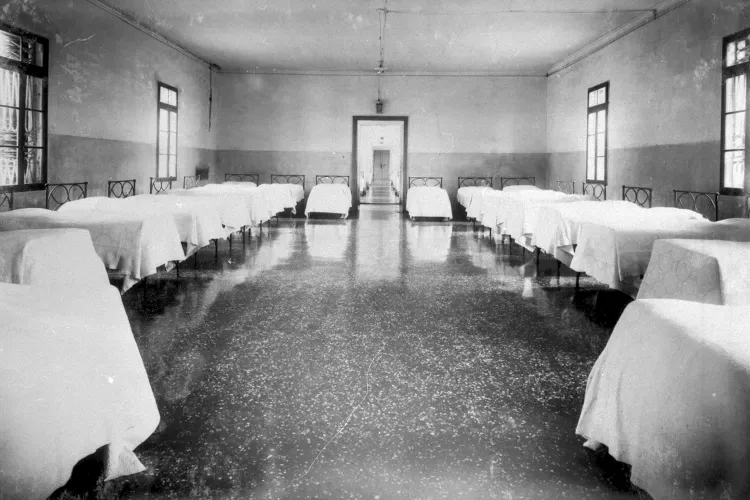
From The Smithsonian: “Venice, the capital of the northern Italian Veneto region, is arguably one of the world’s most famous island cities, entrancing visitors for centuries with its Gothic palazzos, romantic gondolas and colorful Carnival masks. In total, the city spans 118 islands in the Venetian Lagoon. While some, like Murano and Burano, are famed for their quaint streets and pastel-colored houses, the lagoon is also home to little-known isles that act as the silent custodians of the floating city’s more tragic history. Two of these islands, San Servolo and San Clemente, are located a short ride south of St. Mark’s Square via vaporetto, the Venetian public water bus. Tucked almost entirely out of sight of the city center, they were once home to a pair of Italy’s largest and oldest psychiatric institutions. Both facilities treated patients for a variety of medical conditions, including epilepsy, alcoholism and mental illnesses, chief among them what was then known as pellagrous insanity—a symptom of the disease pellagra, which ravaged the region between the late 18th and early 20th centuries.”
Hi everyone! Mathew Ingram here. I am able to continue writing this newsletter in part because of your financial help and support, which you can do either through my Patreon or by upgrading your subscription to a monthly contribution. I enjoy gathering all of these links and sharing them with you, but it does take time, and your support makes it possible for me to do that. I also write a weekly newsletter of technology analysis called The Torment Nexus.
Part of the city of Cleveland is technically a separate entity incorporated in 1903
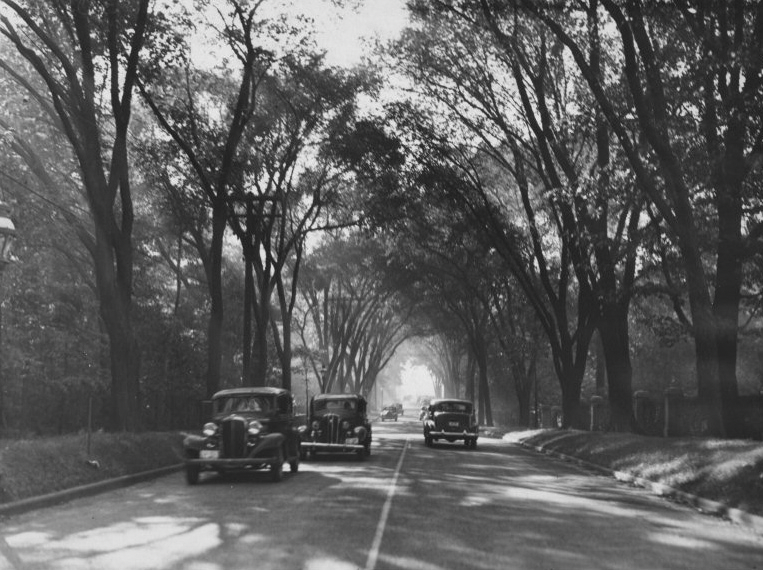
From Case Western: “Bratenahl, incorporated as a village in 1903, is a residential community on Lake Erie about 6 miles east of downtown Cleveland. Approx. 4 mi. long and less than 1/2 mi. wide, it occupies 552 acres (less than 1 sq. mi.), surrounded by the city of Cleveland. In 1902 residents such as Liberty Holden, Samuel Mather and Frederick Goff, mayor of Glenville, opposed the annexation of Glenville by Cleveland. When annexation occurred, they formed an independent village from the portion of Glenville north of the Lake Shore & Michigan Southern Railroad, extending from Gordon Park to Coit Rd. In the late 19th century, some of Cleveland's wealthy families came to the lakeshore during the summer. Living first in elaborately furnished tents and later in summer cottages, many (including the Cornings, Hannas, Boltons, Mathers, Goffs, Ingalls, Haskells, Grassellis, Coits, and Cunninghams) built large mansions on the lakefront.”
This drone can fly through the trees at more than 60 feet per second
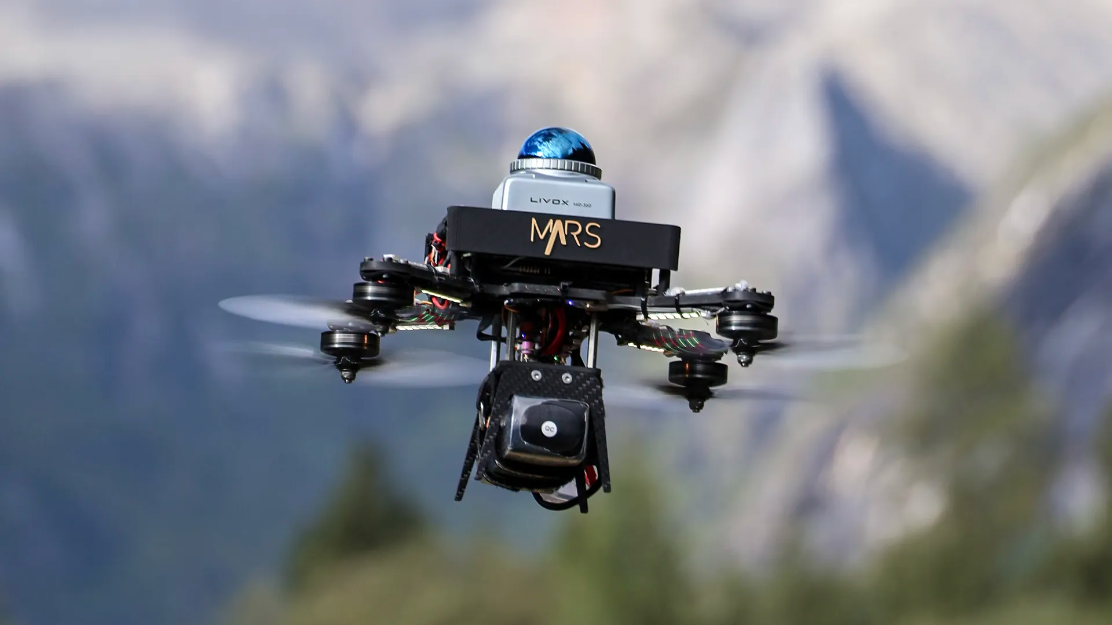
From Science Daily: “Professor Fu Zhang and researchers from the Department of Mechanical Engineering of Faculty of Engineering at the University of Hong Kong have developed the Safety-Assured High-Speed Aerial Robot (SUPER), capable of flying at speeds exceeding 20 meters per second and avoiding obstacles as thin as 2.5 millimeters - such as power lines or twigs - using solely on onboard sensors and computing power. With a compact design featuring a wheelbase of just 280 mm and a takeoff weight of 1.5 kg, SUPER demonstrates exceptional agility, navigating dense forests at night and skillfully avoiding thin wires. SUPER utilizes a lightweight 3D light detection and ranging (LIDAR) sensor capable of detecting obstacles up to 70 meters away with pinpoint accuracy. This is paired with an advanced planning framework that generates two trajectories during flight: one that optimizing speed by venturing into unknown spaces and another prioritizing safety by remaining within known, obstacle-free zones.”
Tickling small babies can help put them to sleep
How to put a baby to sleep in 12 seconds. 😂 pic.twitter.com/AwDIDlQn9J
— The Figen (@TheFigen_) May 30, 2025
Acknowledgements: I find a lot of these links myself, but I also get some from other newsletters that I rely on as "serendipity engines," such as The Morning News from Rosecrans Baldwin and Andrew Womack, Jodi Ettenberg's Curious About Everything, Dan Lewis's Now I Know, Robert Cottrell and Caroline Crampton's The Browser, Clive Thompson's Linkfest, Noah Brier and Colin Nagy's Why Is This Interesting, Maria Popova's The Marginalian, Sheehan Quirke AKA The Cultural Tutor, the Smithsonian magazine, and JSTOR Daily. If you come across something interesting that you think should be included here, please feel free to email me at mathew @ mathewingram dot com

